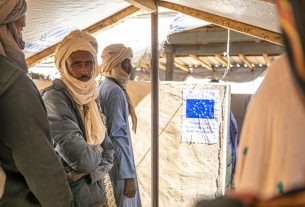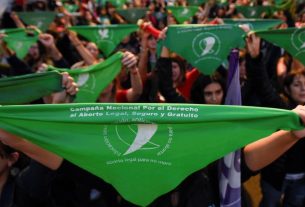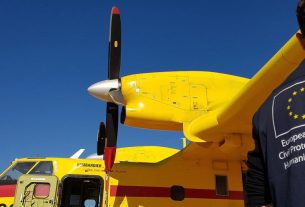The Russian war of aggression in Ukraine started on 24 February and has since spiralled into a full-blown humanitarian catastrophe.
Many people are stranded in affected areas, either unwilling to leave their homes or trapped because of the fighting.
Meanwhile, more than 6.2 million people are displaced within the country – like Viktoria and her family. We met them in a collective centre in Lviv city supported by EU humanitarian aid. This is their story.
© European Union, 2022 (photographer: Begüm Iman)
Viktoria fled Kherson with her mother, Hanna, and her 10-year-old son, Kyrylo. In August, they arrived in Lviv, western Ukraine, with an evacuation train.
“When the bombing intensified, and my son and mother started to get very scared and nervous, I took the decision to leave for somewhere safer,” says Viktoria. Because of the fighting, it took them 5 days to reach safety.
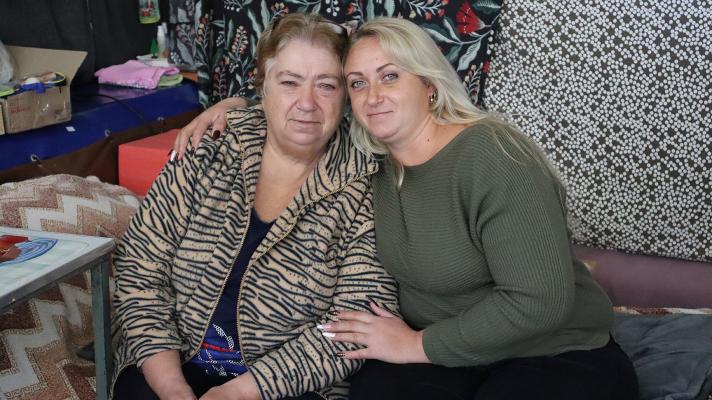
© European Union, 2022 (photographer: Begüm Iman)
They are now in a collective centre for displaced people in Lviv city. Originally a university sports complex, the centre was transformed into a shelter when the invasion began in February 2022.
Many collective centres in the country are public buildings repurposed to accommodate those displaced by the war.
“This is probably the most famous one, though,” says the site manager. “A scene of the music video of Kalush Orchestra’s Eurovision-winning song ‘Stefania’ was filmed here,” he explains.
On their daily life in this collective centre, Viktoria says: “Of course, it’s not ideal to live in a shelter, but at least we are safe, and we have our basic needs covered.”
Back in Kherson, Viktoria used to work as a nail artist. Among the few things she managed to bring from home is her equipment. She provides her services to others staying in the collective centre.
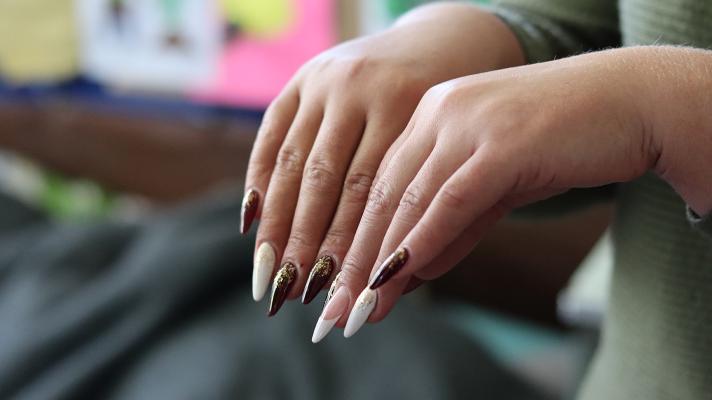
© European Union, 2022 (photographer: Begüm Iman)
“Having a manicure cheers up the women. All women want to be beautiful, regardless of where they are or what they are going through,” she says.
Viktoria’s son Kyrylo was at school when we met the family. “I am very glad that he can go to school. He has very good teachers.” Yet, Viktoria is worried about him.
“Kyrylo is missing home; it is not easy for him,” she says.
A new symbol of solidarity
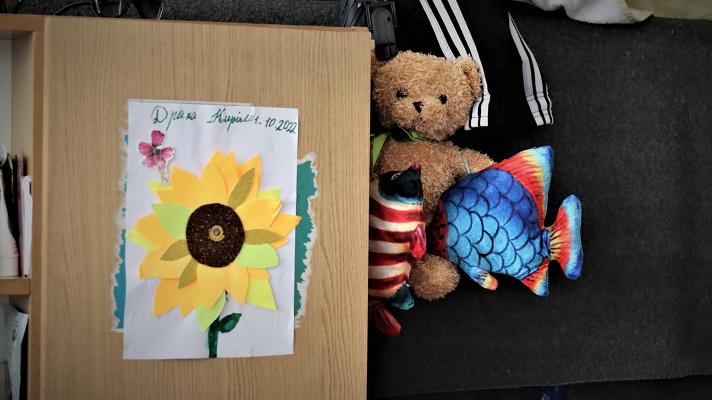
© European Union, 2022 (photographer: Begüm Iman)
When they fled home, Kyrylo’s games and school materials had to stay behind. The volunteers gave him some toys.
Kyrylo keeps them next to the sunflower he made at school, which represents home: Kherson region is known for cultivating and exporting sunflowers.
Since the beginning of the full-scale war, the sunflower, Ukraine’s national flower, is now becoming a global symbol of solidarity.
The centre hosts around 300 displaced people. Viktoria and her family try their best to adapt to this new life in a city they had never seen before the war.
“It is a very nice city,” Viktoria says, “I made new friends here, they are good people.”
But her biggest wish is for the war to end soon so they can return home. A wish commonly voiced by Ukrainians who had to flee their home because of the war.
To improve the living conditions of people like Viktoria and Hanna, the International Organization for Migration (IOM) has equipped the centre with partitions, lockers, water pumps, and a wheelchair ramp thanks to EU humanitarian funding.
IOM will also repair the roof of the centre ahead of the upcoming winter and distribute household hygiene kits.
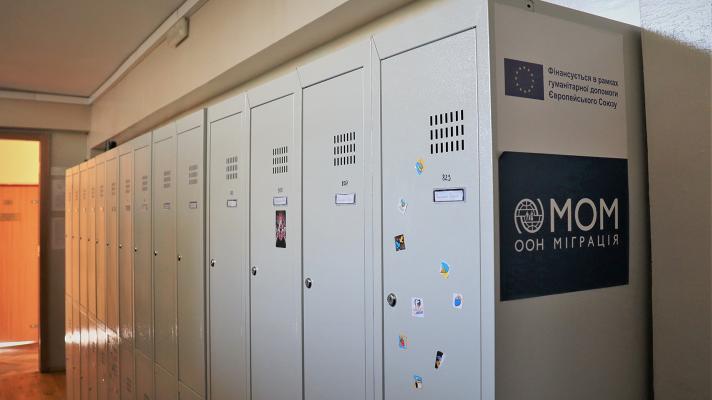
© European Union, 2022 (photographer: Begüm Iman)
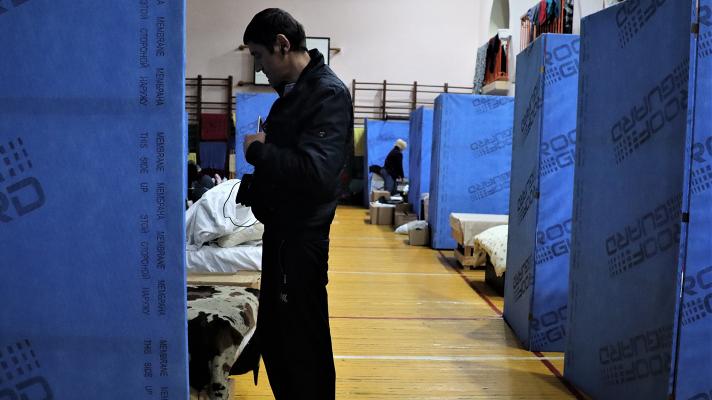
© European Union, 2022 (photographer: Begüm Iman)
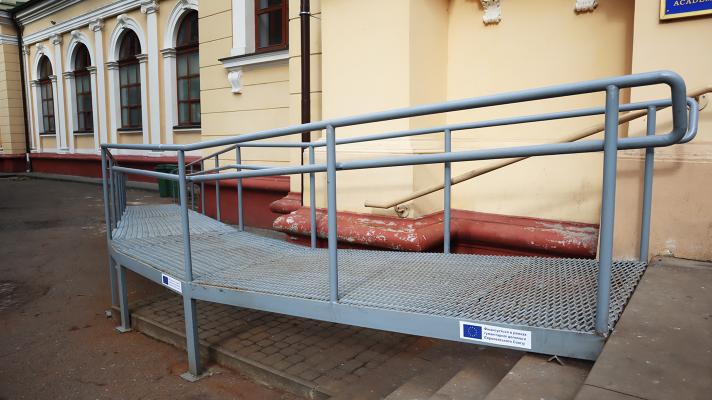
© IOM/Alisa Kyrpychova, 2022.
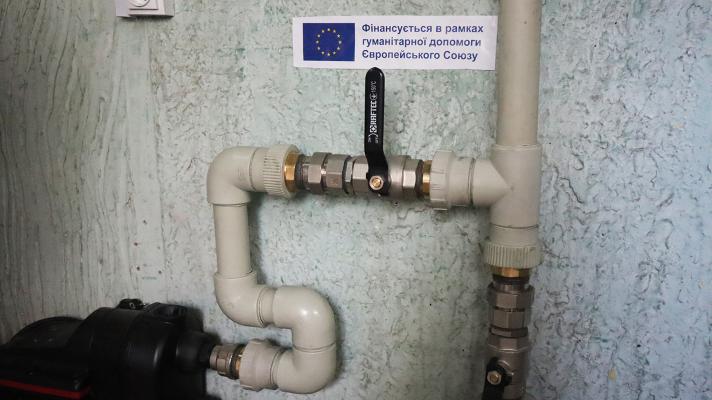
© IOM/Alisa Kyrpychova, 2022.
Viktoria’s family receives an allowance from the state.
“We already have a roof over our heads, and food is provided. There are people who have more pressing needs, and they should receive more support,” she says, referring to the 17.7 million people in need of humanitarian assistance in Ukraine.
Since the start of the war, the European Commission has allocated €485 million for humanitarian aid inside Ukraine.
Our partner organisations have been able to quickly mobilise assistance on the ground.
Despite security and access constraints, particularly in eastern Ukraine, humanitarian assistance flows across the country and reaches those in need.
Story by Begüm Iman, EU Civil Protection and Humanitarian Aid Operations.
Publication date: 25/10/2022

